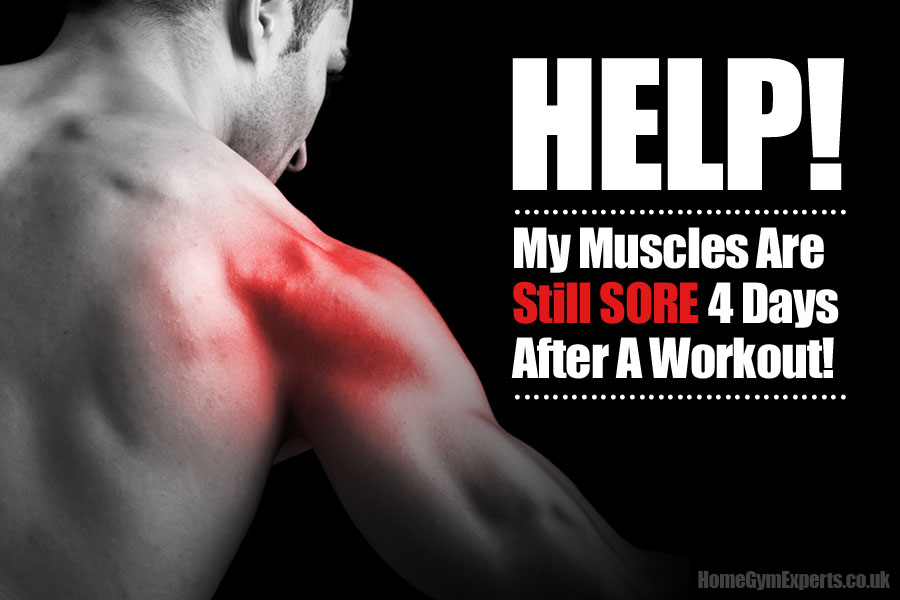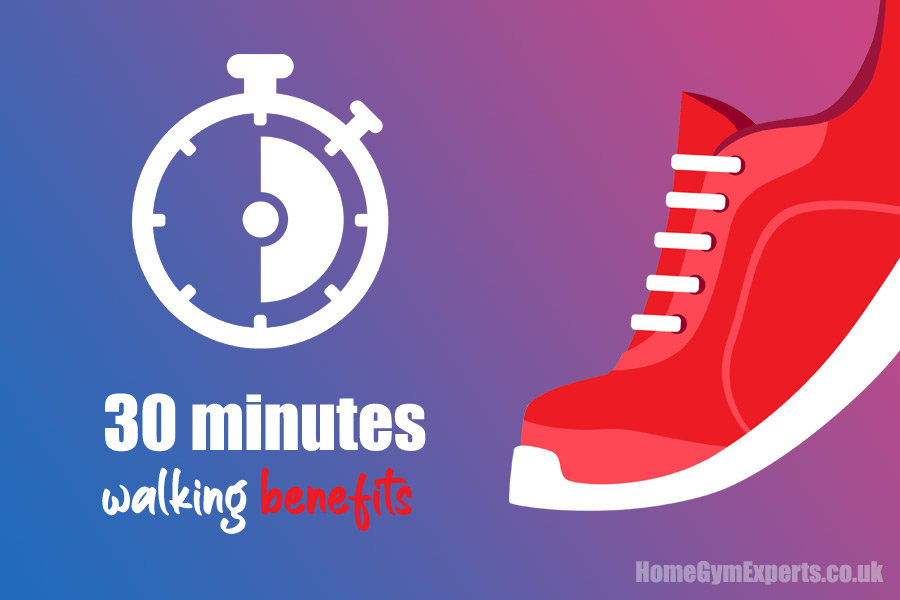Active Vs Passive Recovery: Which Is Better?
It turns out that what you do between sets of exercise is almost as important as what you do during sets. In this post, we are going to discuss the difference between active rest periods and passive rests and give you a few ideas of how to spend those sweet moments between intervals.
What is active recovery?
Although it might sound like an oxymoron, an active break is a recognised training technique that is all about maximising the efficiency of your workout. Essentially, active active recovery is when you spend your rest interval between sets doing a low- or medium-intensity activity that works out a different part of your body.

If you were doing chest work, for example, you might take some active resting by jogging on the treadmill for a couple of minutes. Or if you were on a spin bike, you might go hard and heavy and then take a 90 second recovery on a lower gear and cadence target, before ramping the intensity back up.
While in-session rest intervals are the focus of this post, active rest can also refer to using your rest days to do lighter exercise than you would normally do on training days.
This is more suited to power athletes who need to be in the utmost physical condition for competitions; such a training style is overkill for non-athletes and is very difficult to sustain if you have a work, family and social life.
What is a passive break?
A passive break, if you have not already guessed, is when you spend your recovery time between sets completely resting.
Benefits of active rest between sets
There are several reasons why people choose to forgo their break and take an active recovery rest instead:
- For one, they’ve been proven to improve muscle fibres in lifters
- Improve cell recovery in everything from bench press to light cycling.
- Reduce lactic acid in your muscles
- Train more efficiently, for longer
- Get better results in any kind of workout
Active rest is for everyone
Whether you’re doing strength training exercises, want to get more out of the stationary bike, or you’re doing HIIT with jumping jacks to push-ups, it’s definitely something you’ll want to work into your workout. In a recent study, researchers found that how you rest between sets could be just as important as the exercise you’re doing:
the rest interval between sets is an important variable that affects both acute responses and chronic adaptations to resistance exercise programmes.
Check out this video on active recovery between sets
Active rest can get rid of lactic acid quickly
They help the body to eliminate the build-up of lactic acid – which is responsible for muscle cramps and the burning feeling that can come on with exercise – more effectively than passive rests.
The more intense the active recovery activity is, the stronger this effect is. Interestingly, studies have not been able to conclude an optimal intensity for reducing lactic acid, but have found that people are generally able to self-regulate to achieve this result.
Good active rests therefore require you to simultaneously push your body and listen to the physical feedback it gives you.
You’ll feel lactic acid in your muscles doing pretty much any strength training exercise from the leg curl to the power clean, especially as you increase to a heavier weight. It’s that familiar feeling of muscle fatigue anyone who has done a weight lifting program at home or the gym.
Why is active rest important
This kind of rest is also good for reaching a higher heart rate sooner in your workout and maintaining it for longer.
his is beneficial for heart health in general and it is indicative of a more effective workout because you will be burning calories at an increased rate (as compared to a passive rest intervals).
For this reason, the active kind of rests are an ideal way to get more out of your workout and boost the fat burning effects of your gym session. Similarly, when you mix up the types of exercises that you are doing, you will have a more holistic workout that benefits your entire body, rather than one that only targets a specific part.
Are there any downsides – is active rest good or bad?
From what we have discussed so far, it might seem like actives rests are all upside and no downside. While we would encourage everyone to give active recovery a go, you should be careful not to overdo your session.
There is a difference between a tough workout and overexertion. If your active rests are too intense or if your body simply is not able to cope without some down time, you risk injury and having a very unpleasant workout!
Listen to your body and take passive rest periods if you need to. There is no point burning yourself out during a rest when you have a main workout to smash.
A good way to incorporate active rest is by completely switching the part of your body that is being worked out. This way, your legs or your arms, for example, get a mini passive rest while you focus on a different area.
Should you stretch during workout?
Yes! A big tip is to spend your rests stretching, this is especially important for maintaining flexibility and range of movement when training for muscle size & growth. You would be surprised at how much difference in-session stretching can make, especially to the speed of your recovery period. And reduce that lactic acid.
What are some simple active resting exercise you can do at home?
- Light jogging
- Push-ups
- Shadow boxing (you don’t have to be Rocky!)
- Swing your arms around in circles (this is also good to warm muscles up)
How much active rest should I take between sets?
There is no need to use these rests all the time either. When planning your workout, take some active break periods at the beginning of your session to reach a high heartrate sooner and then opt for passive rests towards the end to allow your body to recover enough to finish your main workout.
This will ensure that you get the most benefits from your session without overdoing it. You could also switch up your active rests to be focused on stretching around the midpoint of your session, as this will get a kickstart on muscle recovery.
However you choose to manage your rests, the most important thing is to continuously check-in with your body and adjust your plan accordingly.
References and Further Reading
- PubMed – Rest interval between sets in strength training
- Science Daily – Extended rest between weight-lifting sets could help muscle growth
- How many days rest for muscle growth?
- Are Treadmills Bad For You?
- Pubmed – A brief review: factors affecting the length of the rest interval between resistance exercise sets









